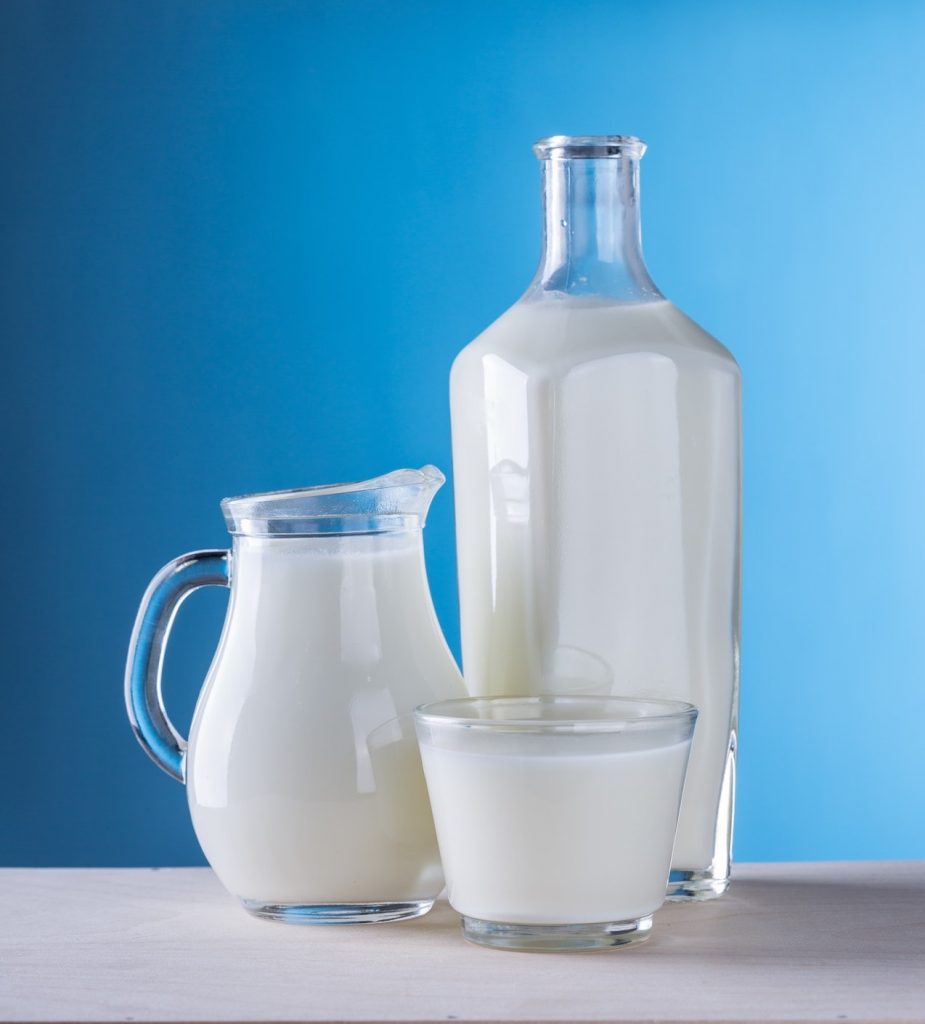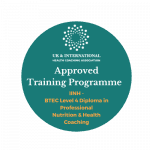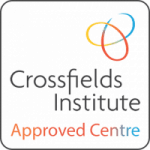Move over skimmed, semi-skimmed and even protein milk, there’s a new mylk in town. The industry is taking a hit by the rising trend in dairy-free alternatives. Sales have more than doubled in recent years, as has the range of options available. The former trend is predicted to continue to grow by about 8pc to 12pc in the next four years (source). This article aims to take a closer look at dairy-free milk and why you might want to try alternatives (or not) and whether they really are better for you.
Dairy Free Milk: What is mylk?
‘Mylk’ is the term given to any dairy free variety of milk. You’ll find them in the fridge and also in the ‘free from’ aisle. A wide variety of brands – from big retailers to smaller health-focused businesses – have all jumped to meet demand for these products.
Milk vs Mylk:
There isn’t anything inherently wrong with milk to warrant a complete changeover to the non dairy version. However, it’s a really convenient product for those who follow a dairy free diet for health (allergy/intolerance) or personal choice (vegan) reasons. The biggest concern is usually where to get calcium. You can actually source from foods including bone broth, leafy greens, fish with bones (sardines), beans, seafood, almonds. Do note that just because you consume calcium doesn’t mean it’s used. Other nutrients are required such as magnesium and vitamin D and vitamin K. To summarise, note that milk and mylk have very different nutritional profiles so these products are not a direct replacement in terms of micronutrient content.
So what’s your flavour?
The Mylk Range:
- Rice: A grain-based mylk which will naturally contain more carbohydrate per 100g. Bear in mind, grain-based milks often have vegetable fat added.
- Oat: Another popular mylk you can request in many coffee shops these days. This one can offer a good amount of fibre (brand dependent).
- Almond: Probably the most popular choice and tends to come in a variety of types – unsweetened, regular and unroasted.
- Cashew: Another nut based mylk with a nice flavour for variety.
- Hazelnut: Great flavour but very hard to find unsweetened varieties
- Coconut: Of the mylks, this one is higher in fat and also can be lower in added sugar as it occurs naturally in the coconut.
- Soy: A very good source of protein relative to the rest of the list. In fact, soy pretty much matches the protein amount you would find in regular milk.
Dairy-free milk: just milking it?
- Percentage: the percentage of the main ingredient is crucial and varies significantly between brands. This is also why it’s worth paying a little extra. Some cheaper brands might have only 1-2% of the main ingredient in the product e.g. almond while paying more can get you up to 7%.
- The other stuff: Look on the back of any mylk carton and you’ll note much more than just ‘almonds’ and ‘water’. Usually, there are some added things too to help keep it shelf-stable and preserved. No, the ingredients aren’t going to kill you but it’s always better to try to avoid taxing your body with unnecessary burden where possible. It’s actually very easy to make nut mylk at home as an option.
- Sugar: A lot of the dairy-free products are sweetened with sugar which is something to watch out for. Try to always go for unsweetened varieties.
- Protein: Being an animal product, milk has a high protein content relative to the other ‘mylks’ which offer little by comparison. Soy is probably the closest match.
- Micronutrients: In terms of switching to mylk alternatives, be aware that besides the produce being dairy-free, it will also contain a different nutritional profile. Milk and mylk are generally fortified with added nutrients but just be aware to take note of the nutrients you might be missing out on. Calcium, for example, is very easy to source from tinned fish (with bones like sardines), leafy greens, sesame, white beans and even molasses.
Other alternatives?
If you’re on the lookout for a milk alternative but going completely dairy free isn’t a must, try these for a change.
- Goat’s Milk: Contains a slightly different profile to cows milk which often means that those intolerant to the latter can stomach goats milk based products i.e. milk, cheese, yoghurt.
- Sheep’s Milk: Like the point above, sheep’s milk is another option to try.
- Kefir: A fermented drink made by adding kefir grains to milk and letting it ferment over time. The end product is a nutrient and bacteria-rich drink that can nourish the gut. Kefir contains a wider variety of bacteria and yeast relative to yoghurt. While in taste it might closer resemble yoghurt, kefir is much more liquid by consistency. Plus you can get dairy free kefir alternatives too.
So are mylks worth the hype?
The answer is yes and no. On the one hand, they provide a great product for those of us who are lactose intolerant or following a dairy free diet or just trying to reduce our consumption of milk. There is also a wide range of flavours to suit any taste. However, the low key ingredient (almond, cashew, rice etc) percentage in cheaper products and the additives (incl. sugar) can be a downside because it means you really need to spend that bit extra to get the most bang for your buck. However, it’s very easy to make your own too!











